I read Summers’ book Sadie a while back and loved it, even though the character was a little difficult. I still totally sympathized with her. But that wasn’t the first difficult character Summers has worked with, as Cracked Up to Be features an even more troubled one, who isn’t as easy to like.
Setup
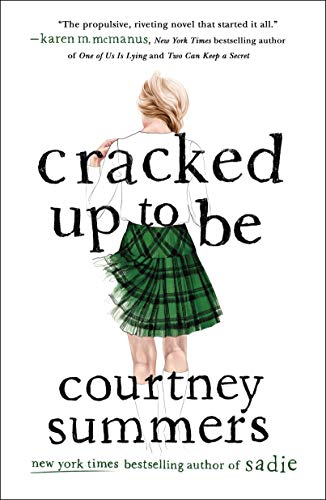 When the book opens, we meet Parker, who’s not doing well and has to see the guidance counselor, which she is not happy about. (Who ever is happy about seeing a high school guidance counselor, actually?) But Parker’s a mess—she’s at a private school and her uniform as grungy and she’s got the wrong shoes, and she failed to brush her hair. Blah blah.
When the book opens, we meet Parker, who’s not doing well and has to see the guidance counselor, which she is not happy about. (Who ever is happy about seeing a high school guidance counselor, actually?) But Parker’s a mess—she’s at a private school and her uniform as grungy and she’s got the wrong shoes, and she failed to brush her hair. Blah blah.
Parker used to be perfect—she was the cheerleading captain, made perfect grades, and was generally difficult to be around because of her high standards and overachieving nature. But the old Parker would not have a mustard stain on her skirt.
A Thing Happened
We know that Parker has been a mess for a while. She may even be doing better at this point than she was. She seems to not be drunk all the time now, for instance. But she is still on a self-destructive path. She’s rude to everyone, especially the people she was close to Before. Because that’s the thing—something really bad happened, and she knows it’s her fault. Everyone knows that Parker’s friend Jessie went missing after a party, but nobody except Parker knows that it’s her fault, and she’s not telling anyone.
Moving On—Or Not
The book focuses on Parker’s journey—is she going to manage to graduate despite her missing class and homework? Is she going to forgive herself for whatever she did? And will they figure out what really happened to Jessie? The reader obviously wants to know what really happened, how it could be Parker’s fault. Because as an outside observer, you can guess that it probably isn’t really her fault. In the end we do finally learn what she did, and while it’s easy to understand why she thinks it’s her fault, she isn’t the one who caused Jessie to disappear.
Conclusion
The book is a reflection on regret, guilt, and responsibility, with a distinctly feminist bent because it reminds us why girls and women have to look out for each other and how distinctly messed up that is. Parker was perfect but she did one thing that wasn’t perfect, and look what happened. It shouldn’t take constant vigilance for girls to stay safe.
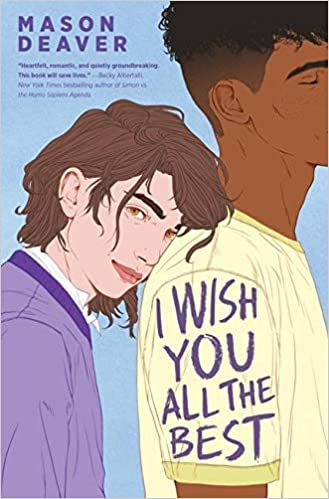 This is one of the first books about a nonbinary teenager I’ve read. I’m definitely on the lookout for more books like this, too. But this one was good, even though it was heartbreaking to watch the character struggle so much with coming out.
This is one of the first books about a nonbinary teenager I’ve read. I’m definitely on the lookout for more books like this, too. But this one was good, even though it was heartbreaking to watch the character struggle so much with coming out.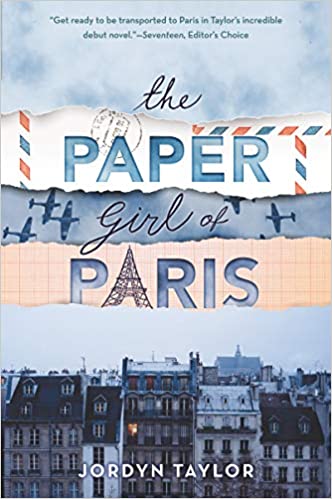 I haven’t been a big reader of historical fiction, even though when I do read it, I usually enjoy it. But I recently read another one I really liked, so I picked up a couple when I went to Barnes and Noble recently.
I haven’t been a big reader of historical fiction, even though when I do read it, I usually enjoy it. But I recently read another one I really liked, so I picked up a couple when I went to Barnes and Noble recently.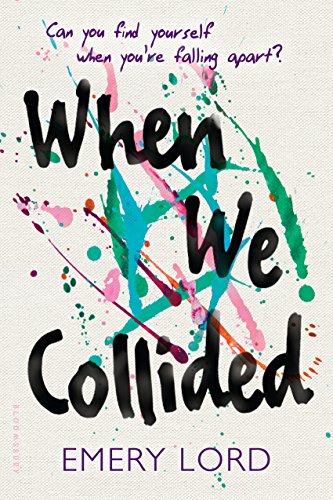 When We Collided was at the top of my stack of mental health-related books, so I picked it up this week. Fortunately, it isn’t an issue book—it’s a good story with two main characters in very different situations who “collide” and their lives are forever changed, as the title implies.
When We Collided was at the top of my stack of mental health-related books, so I picked it up this week. Fortunately, it isn’t an issue book—it’s a good story with two main characters in very different situations who “collide” and their lives are forever changed, as the title implies. Starfish is the story of Kiko Himura, a 17-year-old Nebraska girl with a Japanese-American father and an obnoxiously white mother (who’s a total narcissist, but the way). Kiko’s mom has belittled her her whole life for not being “beautiful” like she (the mom) is. By beautiful, she means blonde and blue-eyed. Because Kiko takes after her father physically. To white people she’s too Japanese, and to Japanese people she’s too white. It’s not just her mom—the kids at school make sure she thinks this, too.
Starfish is the story of Kiko Himura, a 17-year-old Nebraska girl with a Japanese-American father and an obnoxiously white mother (who’s a total narcissist, but the way). Kiko’s mom has belittled her her whole life for not being “beautiful” like she (the mom) is. By beautiful, she means blonde and blue-eyed. Because Kiko takes after her father physically. To white people she’s too Japanese, and to Japanese people she’s too white. It’s not just her mom—the kids at school make sure she thinks this, too.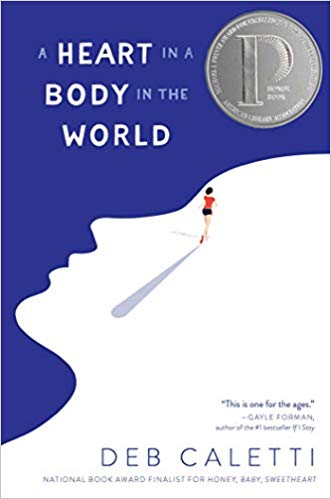 I admit I’m a fan of Caletti, even though I haven’t yet read all of her books yet (I’m at about half). I love how she writes about mental health issues without making the stories issue books. So I was predisposed to like this one. Which was fine, because I did. I should mention that I listened to the audio book rather than read the paper book.
I admit I’m a fan of Caletti, even though I haven’t yet read all of her books yet (I’m at about half). I love how she writes about mental health issues without making the stories issue books. So I was predisposed to like this one. Which was fine, because I did. I should mention that I listened to the audio book rather than read the paper book.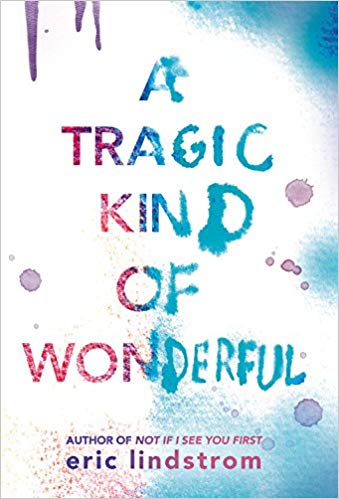 As readers of this blog will have noticed, I enjoy reading about teenagers’ experience with mental illness, and this book definitely fits that bill.
As readers of this blog will have noticed, I enjoy reading about teenagers’ experience with mental illness, and this book definitely fits that bill. This is a really interesting and unique book. It’s steeped in Mexican-America culture, but not really in a positive way—the main character, Julia, basically hates every aspect of it. To me this was interesting because one of the reasons she hates it is that she can’t navigate it well—she’s socially awkward, but not in the “standard” way (at least this was my take on it). No, she says and does the wrong thing for her culture, which might be okay in white American culture (though definitely not always).
This is a really interesting and unique book. It’s steeped in Mexican-America culture, but not really in a positive way—the main character, Julia, basically hates every aspect of it. To me this was interesting because one of the reasons she hates it is that she can’t navigate it well—she’s socially awkward, but not in the “standard” way (at least this was my take on it). No, she says and does the wrong thing for her culture, which might be okay in white American culture (though definitely not always). This short book first came out eighteen years ago but it’s still relevant today. It’s (fairly obviously) about a girl who cuts herself.
This short book first came out eighteen years ago but it’s still relevant today. It’s (fairly obviously) about a girl who cuts herself.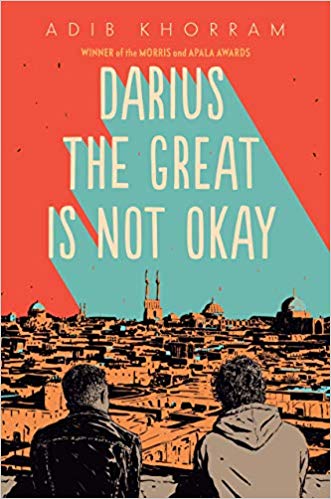 Darius the Great Is Not Okay is a unique book. Darius is an American kid whose mother is from Iran and whose father is Teutonic stock, and he is under treatment for depression. You don’t see a lot of YA featuring boys of color with depression, so I was curious to see how this one would play out. Also, most of the book is set in Iran, which is cool—I’ve only personally encountered one other YA book set there (not that I’ve looked extensively, but still).
Darius the Great Is Not Okay is a unique book. Darius is an American kid whose mother is from Iran and whose father is Teutonic stock, and he is under treatment for depression. You don’t see a lot of YA featuring boys of color with depression, so I was curious to see how this one would play out. Also, most of the book is set in Iran, which is cool—I’ve only personally encountered one other YA book set there (not that I’ve looked extensively, but still).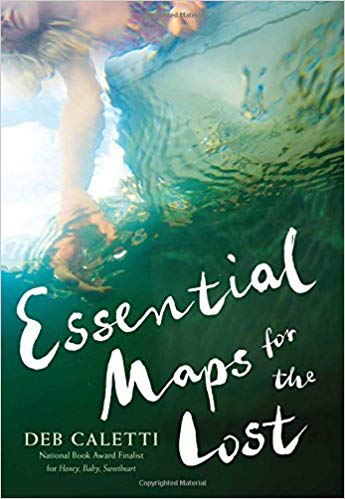 I’ve read a couple other books by Deb Caletti and liked them both. One thing I noticed is that the two I read (Stay and The Nature of Jade) were different from each other. So I didn’t know what to expect when I picked up Essential Maps for the Lost. I heard Caletti speak about this book with E. Lockhart last year at a library event so I knew it had something to do with mental illness, like both of the others I read. But the interesting thing is that I found this book very different from the other two. It felt more more literary, for one (not that the other two weren’t but this one seemed more so)—maybe even a little ethereal. I read it for my MFA so I had to study it after my first read through. On my first read, I actually found myself a little confused because there were a lot of characters and we were really deep in both of the main characters’ heads. But as I read through it a second time, everything seemed obvious and clear, so perhaps I just wasn’t paying full attention the first time I read it. Who knows.
I’ve read a couple other books by Deb Caletti and liked them both. One thing I noticed is that the two I read (Stay and The Nature of Jade) were different from each other. So I didn’t know what to expect when I picked up Essential Maps for the Lost. I heard Caletti speak about this book with E. Lockhart last year at a library event so I knew it had something to do with mental illness, like both of the others I read. But the interesting thing is that I found this book very different from the other two. It felt more more literary, for one (not that the other two weren’t but this one seemed more so)—maybe even a little ethereal. I read it for my MFA so I had to study it after my first read through. On my first read, I actually found myself a little confused because there were a lot of characters and we were really deep in both of the main characters’ heads. But as I read through it a second time, everything seemed obvious and clear, so perhaps I just wasn’t paying full attention the first time I read it. Who knows.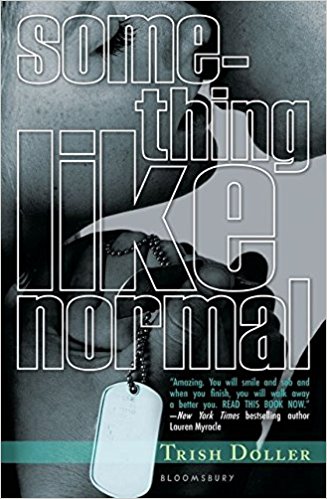 Something Like Normal is a slim book that explores a few weeks in the life of Travis Stephenson, a 19-year-old Marine home on leave after a tour in Afghanistan. His best friend there was recently killed and Travis is having apparent PTSD symptoms even though it’s undiagnosed because he’s afraid to seek help. He has nightmares and keeps thinking he’s seeing his dead friend. This definitely makes for a good story. And I did enjoy it, even though there were some things that bugged me about it.
Something Like Normal is a slim book that explores a few weeks in the life of Travis Stephenson, a 19-year-old Marine home on leave after a tour in Afghanistan. His best friend there was recently killed and Travis is having apparent PTSD symptoms even though it’s undiagnosed because he’s afraid to seek help. He has nightmares and keeps thinking he’s seeing his dead friend. This definitely makes for a good story. And I did enjoy it, even though there were some things that bugged me about it.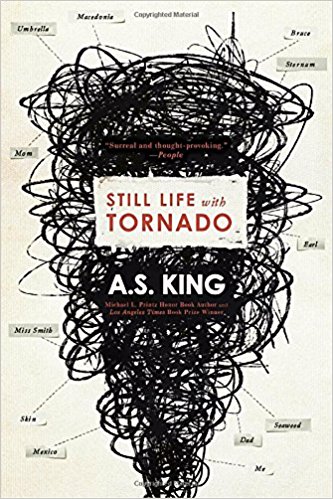 King loves to work with weird ideas, and this book is no exception. At the beginning of the book, all we know about Sarah is that something happened at school that has her unwilling to go anymore. She was a talented artist but whatever happened seemed to suck her ability to draw right out of her fingers. She wanders Philadelphia by bus and ponders how literally nothing is original. Nothing she does, nothing anybody else does, nothing. She’s depressed and having an existential crisis.
King loves to work with weird ideas, and this book is no exception. At the beginning of the book, all we know about Sarah is that something happened at school that has her unwilling to go anymore. She was a talented artist but whatever happened seemed to suck her ability to draw right out of her fingers. She wanders Philadelphia by bus and ponders how literally nothing is original. Nothing she does, nothing anybody else does, nothing. She’s depressed and having an existential crisis. I’ll start off by saying that this is an unusual book. This is mostly because of the point of view, which I’ll go into more below.
I’ll start off by saying that this is an unusual book. This is mostly because of the point of view, which I’ll go into more below.